Music theory provides the building blocks for understanding and creating music. For pianists, a grasp of fundamental theoretical concepts unlocks the ability to read sheet music, improvise, compose, and deepen their appreciation for the works of great composers. This guide introduces the essential components of basic piano theory, laying the groundwork for a fulfilling musical journey.
Notes: The Building Blocks of Music
On the piano keyboard, this system of musical notation is beautifully visualized. Each key, whether white or black, corresponds to a unique note with a specific pitch (a measure of how high or low a sound is). The most familiar method of naming notes utilizes the letters A through G, repeating in sequence as you progress up the keyboard. Between these primary notes lie additional pitches known as sharps (denoted by the symbol #) and flats (denoted by the symbol b). These are represented on the piano by the black keys, expanding the sonic palette available to a musician.
Gaining familiarity with the placement of notes on the keyboard is akin to a cartographer learning to read a map. It allows a musician to navigate the landscape of sound. This understanding is essential for reading sheet music, playing by ear, improvisation, and delving deeper into the fascinating world of music theory. As a celebrated composer once observed, “Music is born from the marriage of note and silence; its heartbeat is rhythm; its soul is melody.”
Scales: Melodic Patterns
In Western music, the two most prevalent scales are the major scale and the minor scale. These scales, though composed of the same basic building blocks (notes), create strikingly contrasting moods. The major scale is characterized by its bright, uplifting quality, often associated with feelings of joy, triumph, or optimism. In contrast, the minor scale possesses a darker, introspective nature, capable of evoking emotions such as sadness, longing, or mystery.
Beyond their melodic significance, scales hold immense value for developing technical proficiency on the piano. Practicing scales with diligence builds finger dexterity, agility, and strengthens the connections between the mind, the ear, and the hands. They train the ear to recognize the intervallic relationships between notes, forming a crucial foundation for sight-reading, improvisation, and a deeper understanding of musical harmony. As a renowned pianist once remarked, “Scales are the pianist’s daily bread – they nourish the technique and reinforce the inner musical compass.”
Chords: Harmonious Combinations
While melodies create the horizontal dimension of music, chords introduce a sense of vertical depth, enriching the sonic landscape with layers of harmony. Chords arise from the simultaneous sounding of three or more notes, meticulously chosen for their tonal compatibility. These sonic blends have the power to evoke a wide spectrum of emotions, coloring the melodic line with an underlying sense of joy, tension, resolution, or poignancy.
The two fundamental chord classifications are major chords and minor chords. Similar to the major and minor scales, these chords project contrasting moods. Major chords typically evoke feelings of brightness, optimism, and stability. Conversely, minor chords often carry a sense of introspection, melancholy, or tension. The interplay between these two primary chord types forms the backbone of countless compositions, creating an expressive ebb and flow within the musical narrative.
Understanding the construction of chords and how they relate to one another provides a powerful toolset for pianists. Mastery of common chord progressions opens the door to accompanying singers, exploring the vast repertoire of popular music, and even laying the groundwork for creative improvisation. As a prominent composer once noted, “Chords are the colors with which a musician paints the canvas of sound. Their interplay creates moods, evokes emotions, and gives a piece its unique character.”
Reading Sheet Music: Translating Music to the Keyboard
The primary elements of sheet music are two staves: the treble clef and the bass clef. The treble clef is generally associated with the higher notes played by the right hand, while the bass clef represents the lower notes traditionally played by the left hand. Notes are represented as symbols placed on the lines and spaces of these staves, visually indicating their corresponding pitch on the piano keyboard.
Sheet music, however, communicates far more than simply which notes to play. It utilizes a complex system of symbols that dictate note duration (how long a note is held), rhythm (the timing and relationship between notes), tempo (the speed of the music), dynamics (variations in volume), and other expressive markings. Learning to read sheet music is akin to learning a new language, a skill that takes time and practice to master. Yet, the rewards are profound. As a celebrated music educator once stated, “The ability to read music grants a musician the key to unlock a treasure trove of past, present, and future musical creations.”
Rhythm: The Pulse of Music
Music is organized into units known as measures (or bars). Each measure contains a set number of beats – the fundamental pulses that underlie the rhythmic feel of the music. Notes and rests are assigned specific rhythmic values, such as whole notes, half notes, quarter notes, eighth notes, and so on. These visual representations in sheet music dictate how long each note is held or how long a silence lasts relative to the underlying beat or pulse.
Grasping rhythmic principles is essential for playing music with accuracy and a natural sense of groove. Internalizing a steady pulse and understanding how notes and rests fit within the rhythmic structure allows a pianist to play with precision, confidence, and an innate sense of musicality. As a renowned conductor once remarked, “Rhythm is the foundation of all music. It can make or break a performance, infusing it with energy, subtlety, or rhythmic chaos.”
Like learning any new language, mastering basic music theory takes time and dedication. Regular practice is essential for reinforcing concepts and developing fluency. Start with short and focused practice sessions, gradually increasing their length as you become more confident. There are many excellent resources available online and in print to support your learning, including music theory workbooks, instructional videos, and interactive apps.
A renowned music educator once noted, “Music theory is not a set of rigid rules, but rather a toolbox for understanding and creating music.” While theory can initially seem daunting, it opens doors to a world of musical possibilities. As you delve deeper into the study of notes, scales, chords, sheet music, and rhythm, you will gain a greater appreciation for music’s structure and expressive potential. This knowledge translates directly to the piano keyboard, enhancing your playing and igniting your creative spark.






